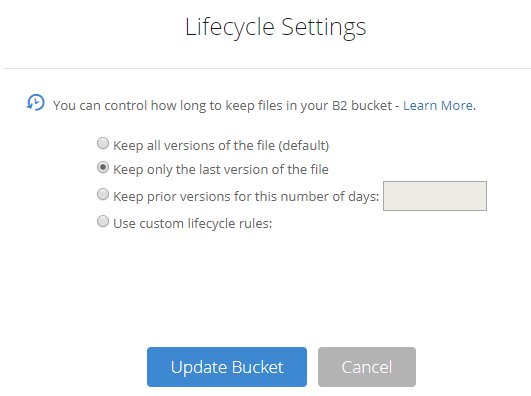Hi, all. A month ago I got my first Synology NAS (DS1618+), and I’ve been slowly copying over every file off every old backup disk and USB drive I’ve accumulated over the years, deleting duplicates, and organizing them.
Almost immediately on purchase I set up @saspus’s Docker image and bought a Duplicacy license. I’m backing up a single repository to a single Backblaze B2 bucket. I have a truly pitiful 7.5 Mbps upload speed via my suburban cable ISP, so I knew it was going to take over a month to complete my first backup. But over that month I’ve done a lot of moving files around, adding a little new stuff, and deleting duplicates and things I don’t care about.
As the initial backup went on, the estimated time to completion got truly ridiculous, hitting almost 300 days at times. I’ve only filled up about 2 TB of this NAS, and even at 7.5 Mbps it shouldn’t take most of a year to upload everything on it. And when I started trying to solve this a few days ago, Backblaze reported that the bucket had about 40% more data usage than the Duplicacy check job reported. So right then I ran a prune job and stopped checking it for a while.
Tonight Backblaze reported much closer stats to what Duplicacy reported, but the backup estimate was still many months. So I aborted the backup job and restarted it. At the moment, Backblaze reports 812 GB of storage and 161,000 files. Duplicacy reports 783 GB and 157,000 chunks. And the backup process estimates 17 days, which seems about right to upload another terabyte or so.
So, after all that, MY QUESTIONS:
- Did I cause all that weirdness by moving stuff around during initial backup?
- Was it actual weirdness, or just messed up estimates that would have finished in 17 days anyway if I had left it?
- And, generally, should I stop organizing things until the first backup is done? I would think that the whole point of deduplication would be for that not to matter so much. But… now I’m not so sure.
Thanks for your time.

